Tamagoyaki: Discovering Japanese Culinary Treasures with Yoshida Hotel
Welcome to a delectable journey into the world of Japanese gastronomy, where culinary artistry meets centuries-old tradition. At Yoshida Hotel, we are passionate about sharing the authentic flavors and cultural significance of Japan’s renowned cuisine. Among Japan’s myriad culinary treasures, Tamagoyaki stands out as an iconic dish celebrated for its balance of simplicity, elegance, and delightful taste. In this rich and comprehensive guide, join Yoshida Hotel to unravel the story, secrets, and culinary marvels surrounding Tamagoyaki–the signature Japanese rolled omelette that captures the essence of Japanese food culture. Through this article, we aim to immerse you in a flavorful exploration that will satiate your curiosity and enrich your appreciation of Japanese dining experiences.
Tamagoyaki: The Symbol of Japanese Culinary Art
Tamagoyaki is more than just an omelette; it is a symbol of the Japanese approach to cooking, which values precise technique, curated ingredients, and harmonious presentation. Whether enjoyed as part of a sushi meal or as an element in bento boxes, Tamagoyaki reflects the sophistication and subtlety inherent in Japanese cuisine. Its soft, layered texture and delicate sweetness encapsulate the essence of comfort food while maintaining visual appeal. At Yoshida Hotel, we often witness how Tamagoyaki is a favorite not only for domestic diners but also for travelers seeking a bite of traditional Japan.
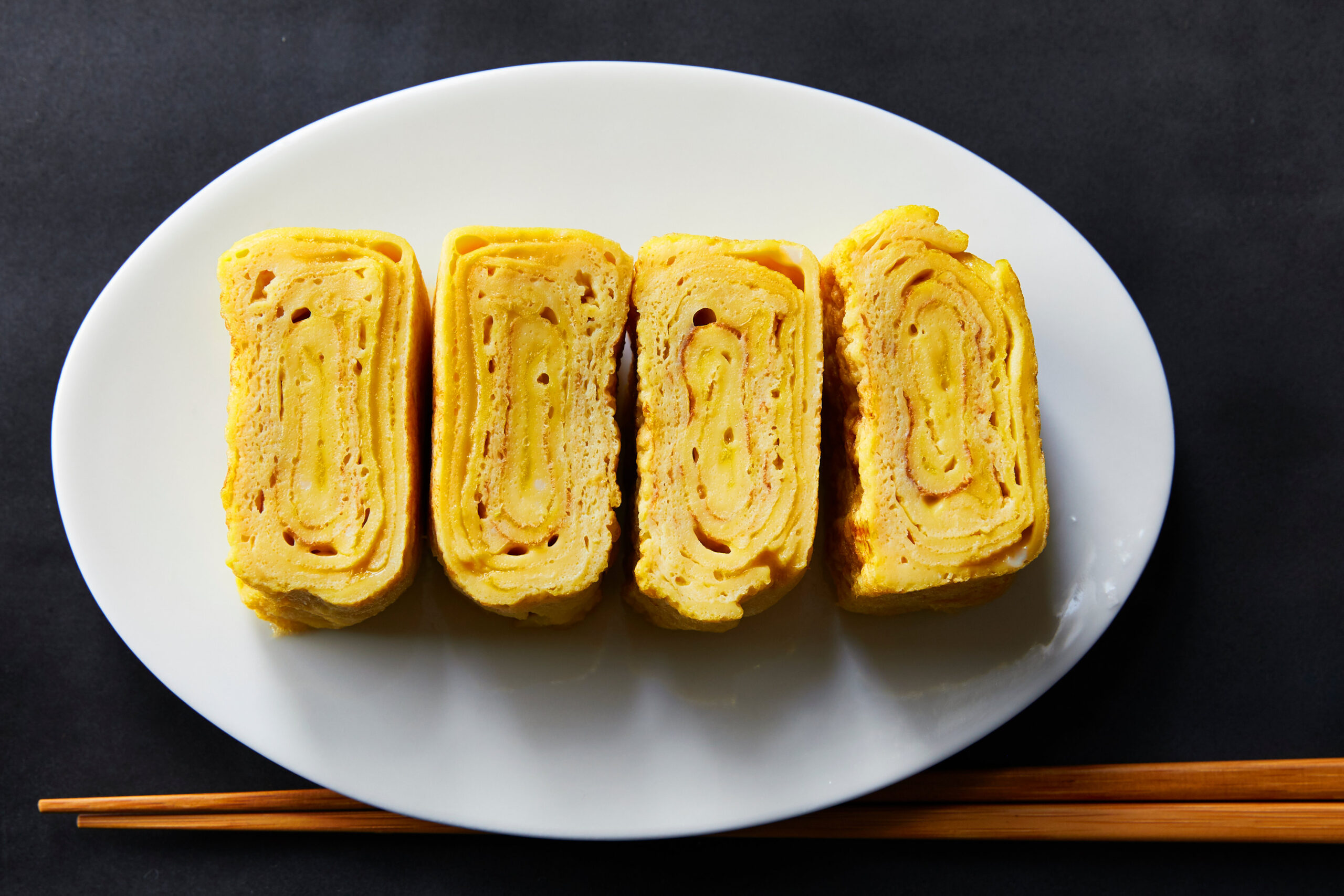
The Spellbinding Origins of Tamagoyaki
Tamagoyaki: From Ancient Traditions to Modern Tables
The history of Tamagoyaki is woven with threads of Japan’s evolving food culture. While eggs have played an essential role in Japanese kitchens since the Edo Period, Tamagoyaki appeared as cooks perfected the art of rolling multiple thin layers of egg, seasoned with mirin, soy sauce, and a hint of sugar. Its origins can be traced back to the influence of both local and foreign culinary styles, evolving from a simple fried egg to a refined, multi-layered dish that was once reserved for special occasions or the tables of aristocracy.
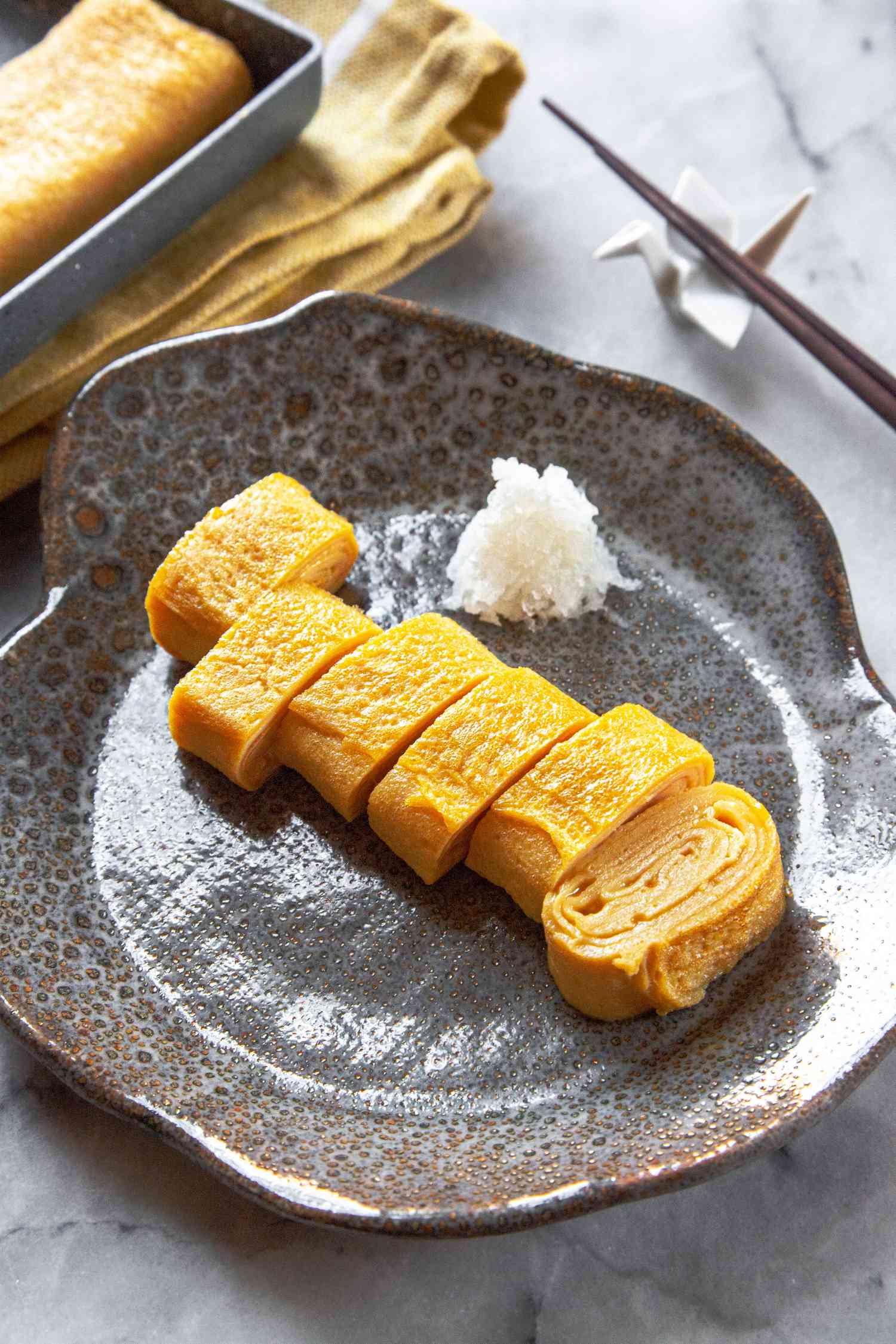
How Tamagoyaki Reflects Japanese Society
Tamagoyaki has become a hallmark of homemade cuisine, reflecting the values and customs passed down through generations. Preparing Tamagoyaki at home is an act often laden with affection and care, shared between parents and children or among friends. This dish exemplifies the Japanese philosophy that food is not only nourishment but also a medium for connection and celebration.
Tamagoyaki in Everyday Japanese Life
The Cultural Presence of Tamagoyaki in Japanese Cuisine
Step into any traditional Japanese breakfast setting, and you will likely encounter Tamagoyaki. It is served alongside rice, pickles, and miso soup, providing a gentle sweetness and soft texture that complement the savory flavors of other breakfast dishes. In sushi bars, Tamagoyaki is expertly sliced and presented as a sushi topping, its fluffy appearance contrasting beautifully with glistening sushi rice and a thin layer of seaweed.
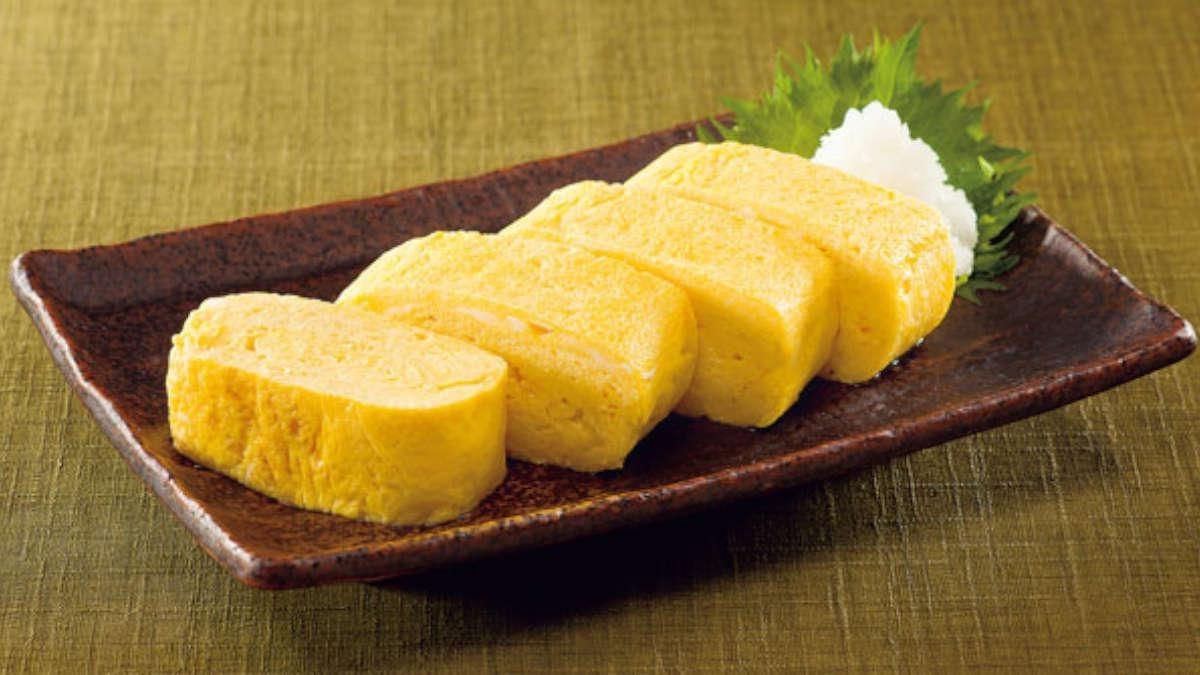
Tamagoyaki in Lunch Boxes and Street Food
Bento culture in Japan is celebrated for its variety and beauty, and Tamagoyaki is often a centerpiece in these lunch boxes. Its golden color and rolled layers make it visually appealing and practical, as it is easily cut into bite-sized portions. Street vendors and markets across Japan also feature Tamagoyaki, attracting locals and tourists alike with the inviting aroma and the mesmerizing process of making this dish on rectangular pans.
Unfolding the Artistry: The Craft of Making Tamagoyaki
Essential Ingredients for Authentic Tamagoyaki
At its heart, a traditional Tamagoyaki requires just a handful of ingredients: eggs, sugar, mirin (a type of rice wine), soy sauce, and sometimes dashi stock. The selection and balance of these ingredients are essential to achieving the characteristic flavor–a gentle harmony between sweet and savory.
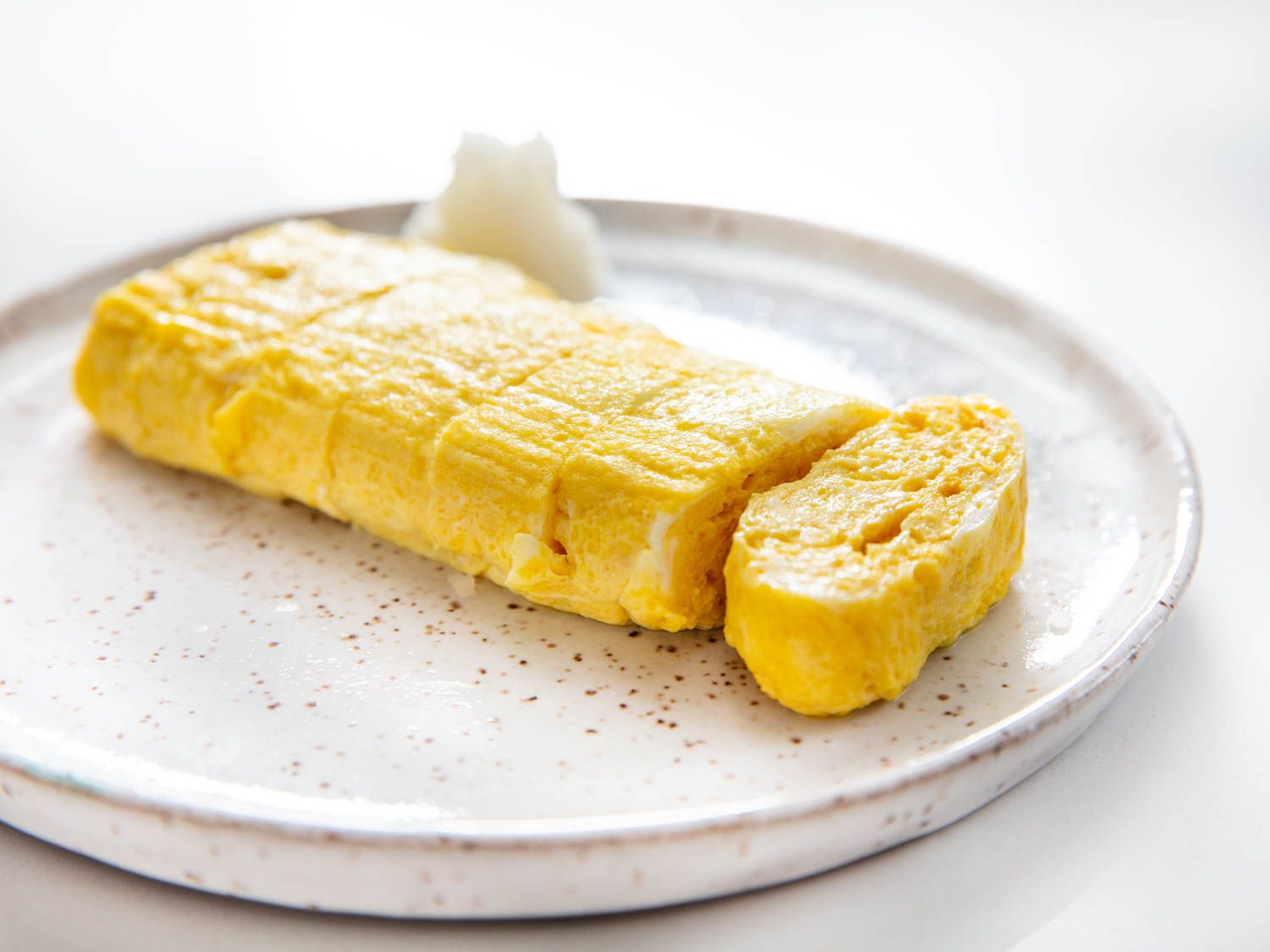
Techniques Passed Down Through Generations
The hallmark of a memorable Tamagoyaki lies in the technique. A special rectangular pan, called a makiyakinabe, is used to create evenly cooked, delicate layers. Pouring a thin layer of egg mixture, letting it set, and skillfully folding it before adding the next layer requires dexterity and practice. Over time, cooks develop their personal touch, whether by adjusting the seasoning or the number of layers, resulting in countless variations.
Tamagoyaki Recipes: From Classic to Contemporary
Classic Japanese Tamagoyaki Recipe
For those wishing to create Tamagoyaki at home, here’s an overview of a tried-and-tested method:
- Beat eggs gently, combining them with sugar, mirin, soy sauce, and a splash of dashi for umami.
- Heat a makiyakinabe pan, oiling it lightly.
- Pour a thin layer of egg, allow it to set, and roll it to one side.
- Repeat, layering and folding, until all the mixture is used.
- Slice and serve with grated daikon or alongside sushi.
The secret is to avoid overmixing the eggs, as it ensures tender, fluffy layers.

Contemporary Variations and Creative Additions
While the classic Tamagoyaki recipe remains beloved, modern chefs have embraced innovative twists. Some add spinach or seaweed for color and nutrition. Others incorporate cheese, seafood, or vegetables, producing fusion versions that appeal to adventurous palates. In metropolitan cities, trendy sushi bars might pair Tamagoyaki with truffle oil or wasabi for a surprising burst of flavor. Each version maintains the dish’s integrity while offering a creative experience.
Tamagoyaki’s Role in Japanese Hospitality
Why Tamagoyaki is a Favorite Among Travelers
Travelers to Japan often discover that Tamagoyaki serves as a gentle introduction to Japanese cuisine, especially for those unfamiliar with stronger flavors or raw fish. Its comforting texture and sweetness appeal to palates of all ages. At Yoshida Hotel, we find that our guests often cherish their first taste of Tamagoyaki and seek it out in local markets, restaurants, and train station bento shops during their journeys.

Tamagoyaki as an Emblem of Omotenashi
Tamagoyaki embodies the spirit of omotenashi, or Japanese hospitality, which focuses on anticipating and fulfilling the needs of guests with sincerity and respect. Preparing and sharing Tamagoyaki, especially in home kitchens or at intimate gatherings, is a symbol of care and attention to detail. Whether prepared for a family breakfast or served in a fine-dining setting, the dish communicates warmth and welcome.
Tamagoyaki in Japanese Festivals and Ceremonies
Celebratory Occasions and Tamagoyaki
From New Year’s feasts to seasonal festivals, Tamagoyaki holds a place of honor in many Japanese celebrations. In osechi-ryori, the traditional New Year’s meal, Tamagoyaki is included both for its beautiful appearance and its auspicious meaning. Its sunny color represents good fortune, while its layered structure symbolizes the accumulation of happiness and prosperity.
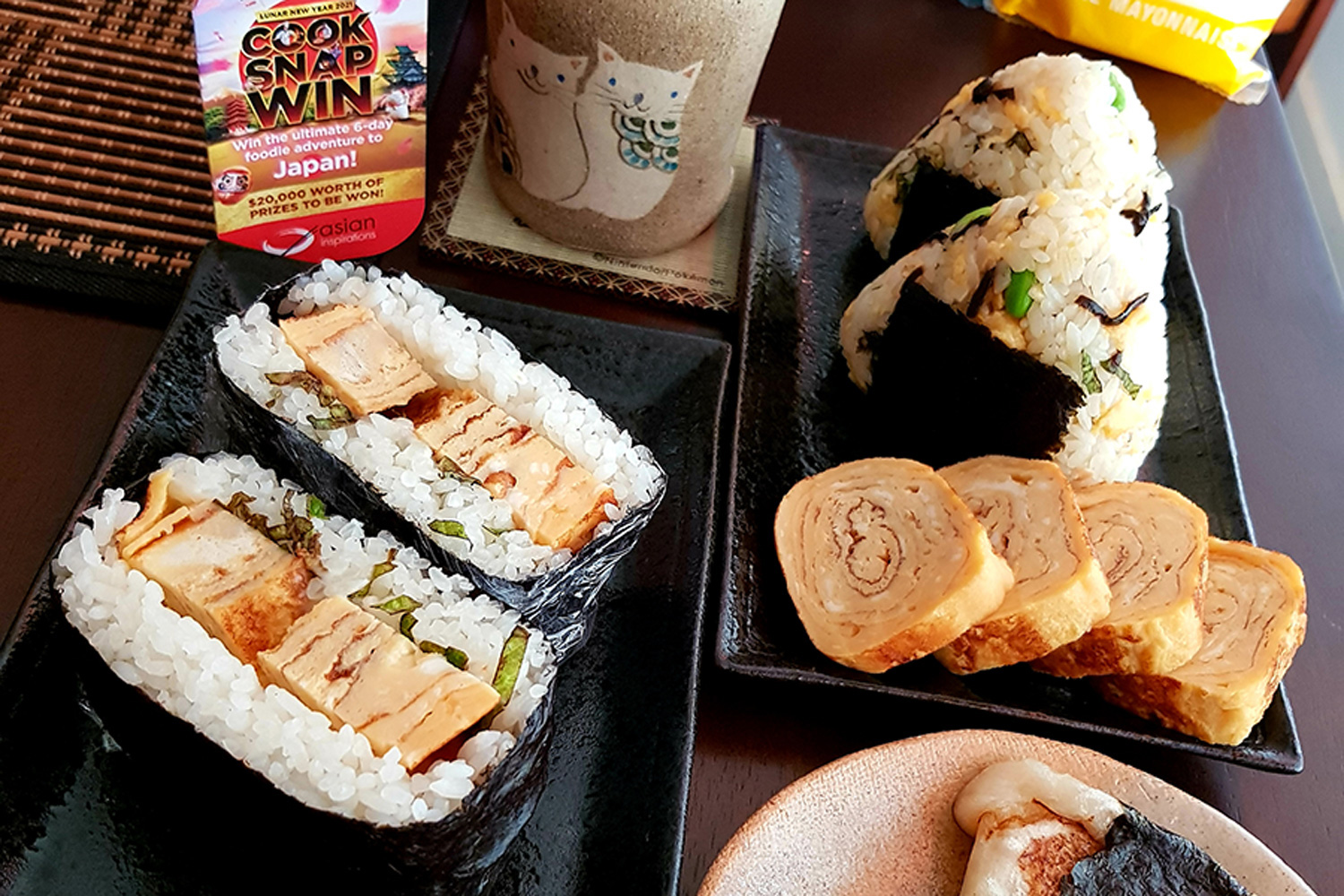
Temple Offerings and Community Gatherings
In some regions, Tamagoyaki is prepared as part of offerings at temples or during village festivals, highlighting its cultural and spiritual significance. Community events often feature Tamagoyaki in shared meals, reinforcing its role as a dish that brings people together.
The Science Behind Tamagoyaki: Texture and Taste
The Unique Structure of Tamagoyaki
Tamagoyaki’s signature look comes from its layers. Each thin layer of egg is gently set before the next is poured, resulting in a compact roll that’s soft, fluffy, and slightly sweet. The interplay between these layers creates a delightful mouthfeel that is both strengthening and satisfying. Scientists and culinary researchers praise the emulsifying qualities of eggs, which help create the texture so adored by Tamagoyaki enthusiasts.
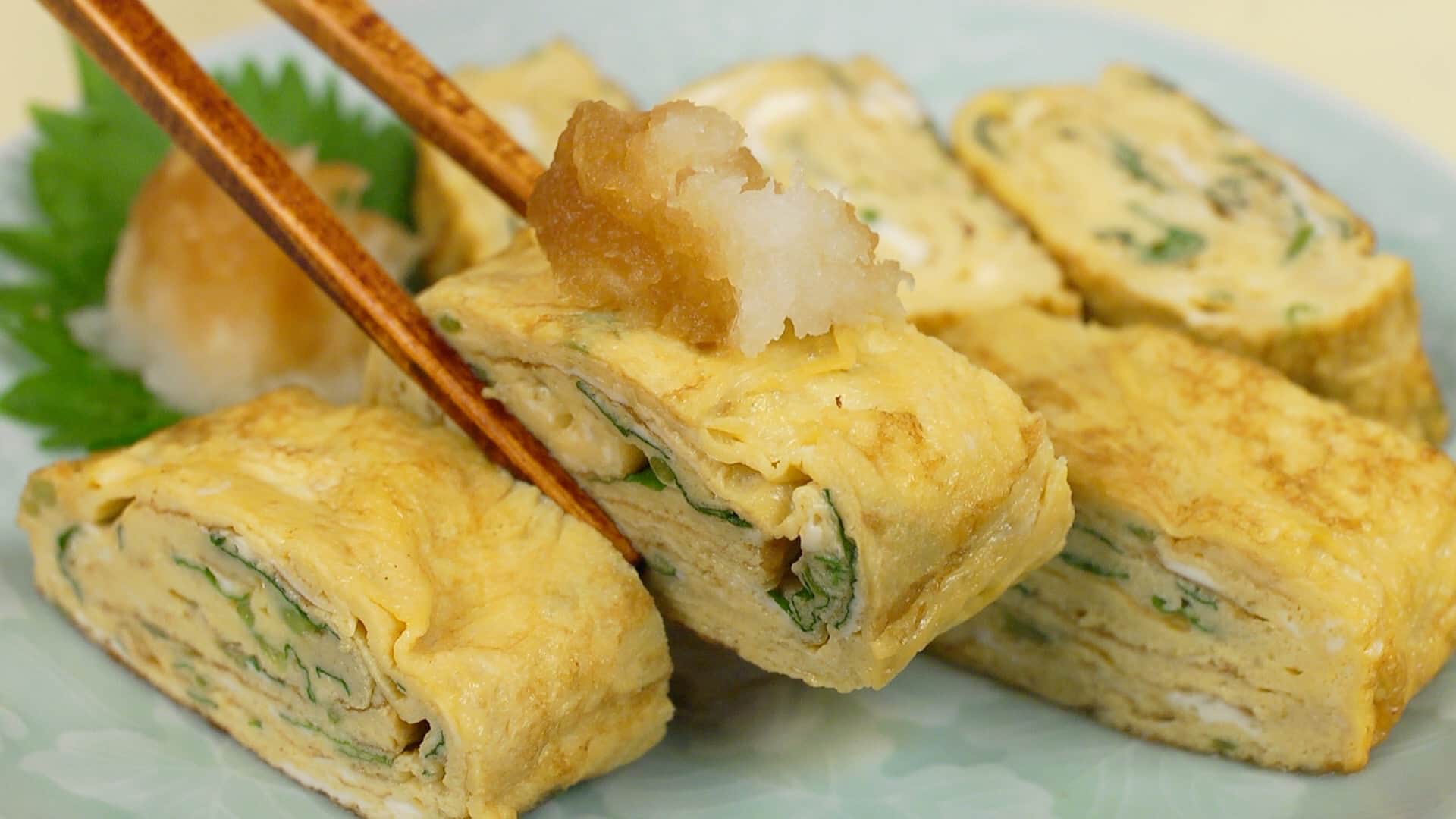
Sweetness, Umami, and Balance
A well-made Tamagoyaki balances sweetness from sugar and mirin with the savory umami of soy sauce and dashi. This harmony is central to many Japanese dishes, where flavors are never overpowering but carefully composed. Texture, color, and aroma also play a role, inviting all the senses to participate in the dining experience.
Tamagoyaki Around Japan: Regional Styles and Influences
Kansai vs. Kanto: Tamagoyaki in Different Regions
Japanese cuisine often reflects local tastes, and Tamagoyaki is no exception. In the Kansai region (Osaka and Kyoto), Tamagoyaki tends to be lighter and sometimes includes dashi, giving it a delicate, custardy quality. The Kanto style (Tokyo) is often sweeter and more robust. Exploring these regional differences allows travelers to appreciate the versatility and depth of Tamagoyaki.

Specialty Shops and Hidden Gems
Throughout Japan, specialty Tamagoyaki shops draw crowds with their signature techniques and secret recipes. In Tokyo’s Tsukiji Market, for instance, visitors can watch expert chefs craft Tamagoyaki with swift, practiced movements, offering samples hot off the pan. At local markets, vendors may customize rolls to order, showcasing how this humble dish can take on so many delightful forms.
Tamagoyaki in the World of Sushi
Tamagoyaki as Sushi: Techniques and Presentation
In sushi restaurants, Tamagoyaki is both a staple and a showcase of the chef’s skill. Preparing an impeccable Tamagoyaki can be a test that apprentice chefs must master before handling fish. When served atop a hand-formed block of sushi rice and wrapped in nori, Tamagoyaki sushi demonstrates beautiful symmetry and striking flavors.
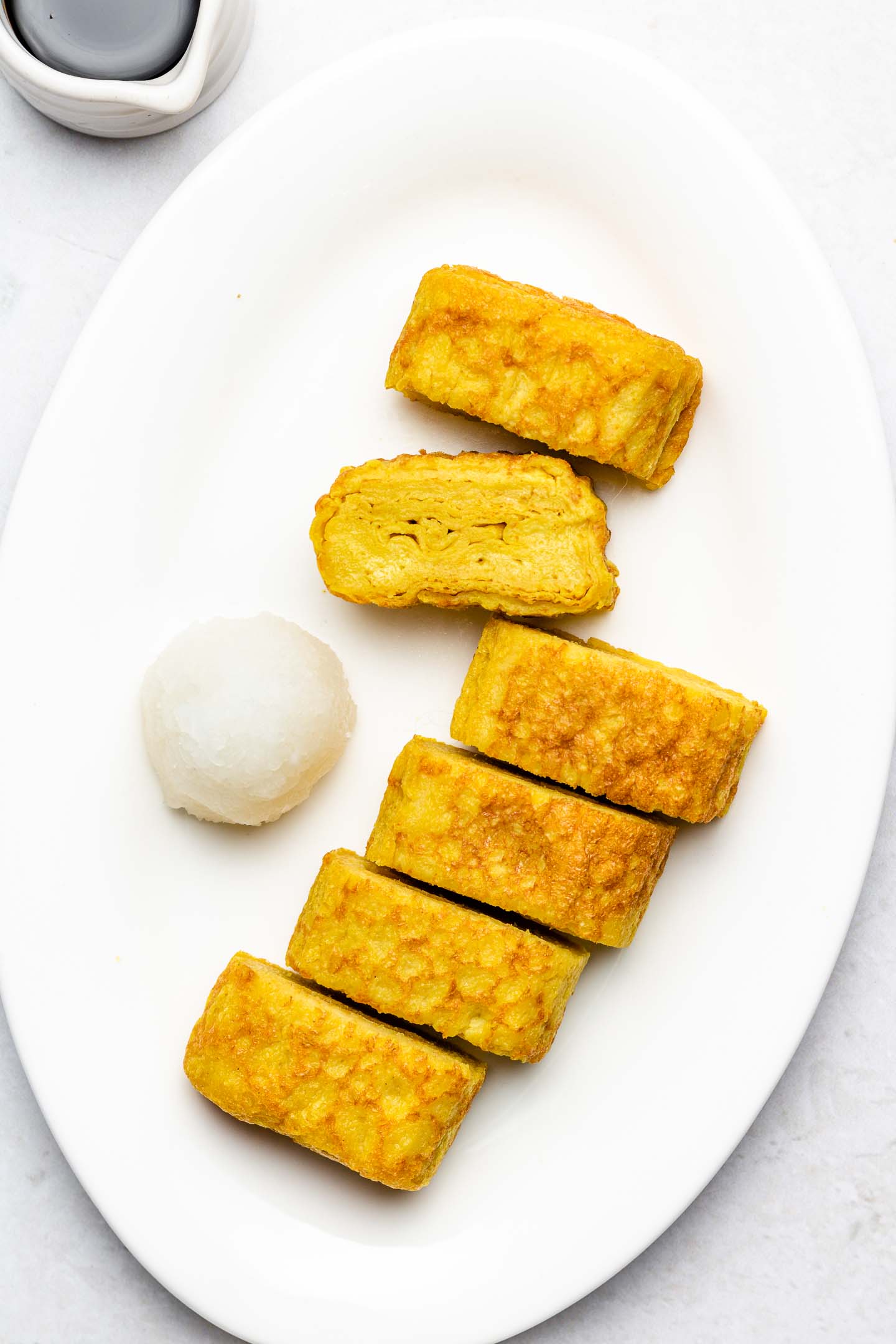
Sushi Omakase and Tamagoyaki’s Grand Finale
In many omakase (chef’s choice) sushi experiences, Tamagoyaki is sometimes offered as the final bite, symbolizing a sweet ending to the meal. It is the chef’s parting gift, a simple yet profound reminder of craftsmanship and culinary artistry.
Nutritional Value and Health Benefits of Tamagoyaki
A Protein-Packed Delight
Eggs are a powerhouse of nutrition, and Tamagoyaki delivers a significant dose of protein, vitamins, and minerals. This makes it not only delicious but also a healthy choice for diners seeking energy and balanced nutrition. The addition of ingredients like dashi and vegetables can further boost the dish’s nutrient content.

Tamagoyaki for Special Diets
Due to its adaptable recipe, Tamagoyaki can be adjusted for various dietary preferences. Lower-sugar versions suit health-conscious individuals, while lactose-intolerant or gluten-free diners can appreciate its pure simplicity. Chefs may substitute or omit certain seasonings as needed, ensuring that everyone can enjoy Tamagoyaki’s charms.
Where to Experience Tamagoyaki in Japan
Markets, Restaurants, and Street Food Adventures
To truly understand Tamagoyaki, Yoshida Hotel recommends exploring its many forms in different settings. Street market vendors sell piping-hot Tamagoyaki fresh from the pan, while family-run restaurants perfect recipes handed down through generations. Sushi counters present exquisite, layered slices cooled to perfection. Each location offers a unique take on Tamagoyaki, reflecting the region’s culinary heritage.

Recommendations from Yoshida Hotel
During your stay with Yoshida Hotel, our staff can suggest local markets, bento shops, and sushi-ya renowned for their Tamagoyaki recipes. Embark on a culinary adventure to taste and appreciate the subtleties offered by each chef’s rendition. From bustling urban centers to quaint countryside towns, Tamagoyaki invites you to savor the true spirit of Japanese comfort food.
Tamagoyaki Cooking Classes: Hands-On Learning Experiences
Join a Japanese Cooking Workshop
Participating in a hands-on cooking class is one of the best ways to gain deeper appreciation for Tamagoyaki. Across Japan, renowned cooking schools and local teachers offer classes catering to travelers and culinary enthusiasts. In these classes, students can learn how to master the makiyakinabe, create perfectly layered omelettes, and discover the beauty of preparing home-style Tamagoyaki.

Why Choose a Cooking Class?
Beyond techniques, cooking classes foster a deeper understanding of Japanese culture and hospitality. Yoshida Hotel encourages guests to join such workshops during their travels, enriching both their palates and cultural perspectives.
Tamagoyaki in Popular Culture and Japanese Media
Tamagoyaki’s Appearances in Anime and Films
Tamagoyaki’s popularity extends far beyond kitchen tables. It often appears in Japanese films, anime, and television dramas as a symbol of home, love, and tradition. Characters prepare Tamagoyaki for family, friends, or even school lunchboxes, highlighting its everyday significance.
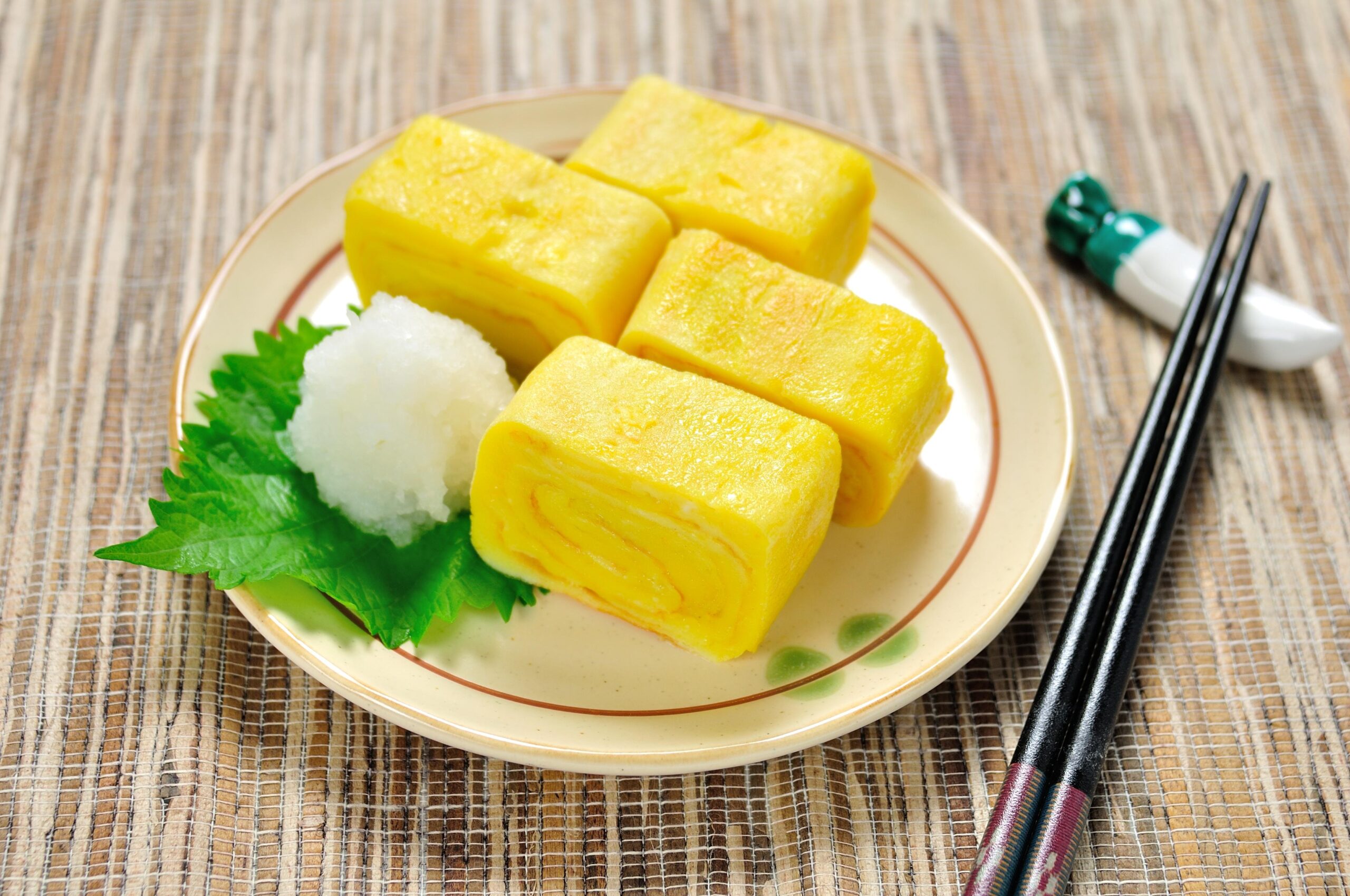
Tamagoyaki in Literature and Art
Celebrated in poetry, paintings, and essays, Tamagoyaki’s gentle flavors and inviting appearance have inspired many Japanese artists. Its presence in art reminds us that food is deeply rooted in culture and creativity, connecting people across time and space.
How to Choose the Best Tamagoyaki in Japan
Savoring Authentic Tamagoyaki: Tips and Recommendations
When seeking the best Tamagoyaki, it is important to pay attention to both taste and presentation. Look for Tamagoyaki with a soft, evenly cooked texture and a bright, appetizing color. The aroma should be delicate, hinting at sweetness and umami. At sushi restaurants, the expertise of the chef is often revealed in how they prepare Tamagoyaki–each slice should be uniform, moist, and flavorful.
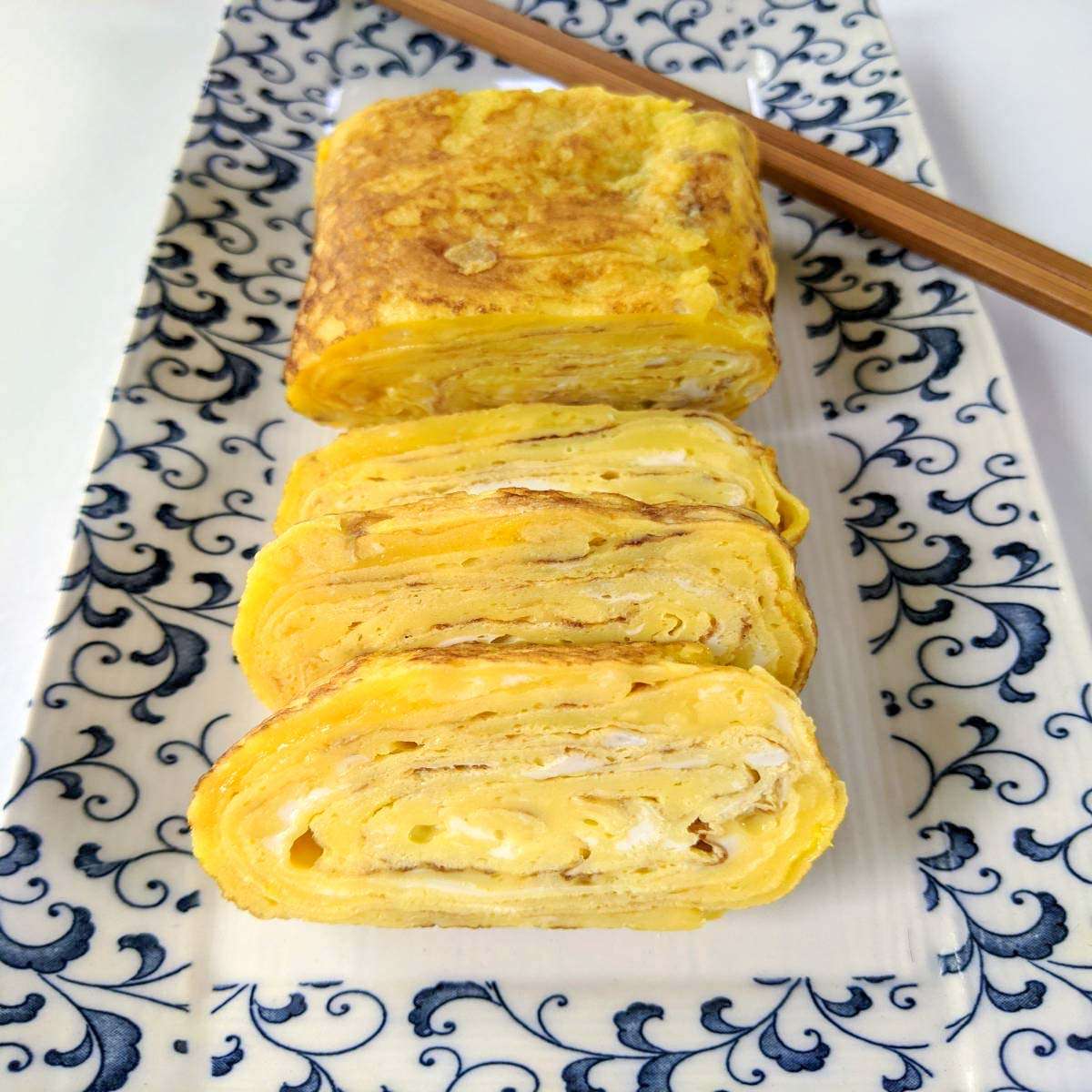
Exploring Unique Local Specialties
In your culinary explorations, don’t hesitate to try regional variations or creative interpretations. Some areas serve Tamagoyaki as thick, custardy slabs, while others offer it thin and finely rolled. Each style tells a story about local tastes and traditions.
Tamagoyaki at Home: Tips for Beginners
Mastering the Basic Techniques
Cooking Tamagoyaki at home may seem daunting, but with a little practice, anyone can achieve satisfying results. Begin by selecting fresh, high-quality eggs and preparing your seasoning blend to taste. Preheat your pan and use gentle heat to avoid overcooking. Patience and attention to detail are key to mastering the art of rolling each layer smoothly.
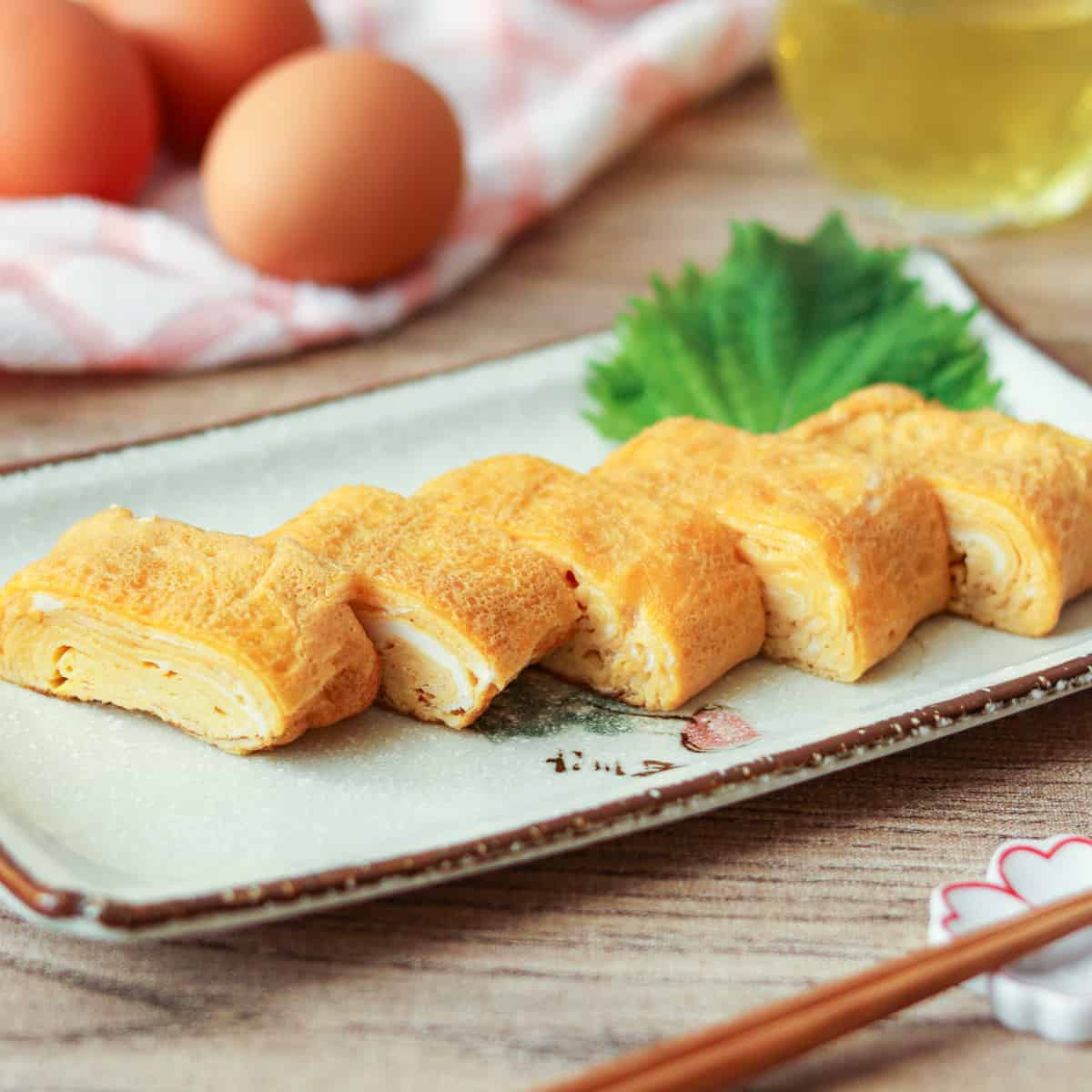
Troubleshooting Tamagoyaki: Solutions for Common Mistakes
Beginners often struggle with sticking pans or uneven layers. Using a non-stick pan, keeping the heat low, and oiling between layers can prevent sticking. If your Tamagoyaki breaks or tears, remember that practice makes perfect, and even imperfect rolls can be delicious.
The Global Spread of Tamagoyaki
Tamagoyaki Beyond Japan: A Culinary Ambassador
As Japanese cuisine gains popularity worldwide, Tamagoyaki has found its way into international kitchens. Renowned chefs and home cooks alike experiment with Tamagoyaki, adapting it to suit local ingredients and palates. In cities across the globe, Japanese restaurants introduce new audiences to the joys of Tamagoyaki, showcasing Japan’s culinary diplomacy.

Tamagoyaki in Fusion Cuisine
Creative chefs incorporate Tamagoyaki into sandwiches, salads, and fusion tapas, bridging Japanese techniques with international flavors. These adaptations demonstrate the universality of Tamagoyaki’s appeal, proving that a simple rolled omelette can transcend cultural boundaries.
Tamagoyaki: A Taste of Japan’s Past, Present, and Future
Why Tamagoyaki Endures in Japanese Food Culture
Tamagoyaki endures because it represents Japan’s ability to honor tradition while embracing innovation. Its gentle flavors, comforting texture, and artistic presentation embody the best of Japanese culinary philosophy. Across generations, Tamagoyaki remains a dish that brings people together, whether in bustling market stalls or tranquil family kitchens.
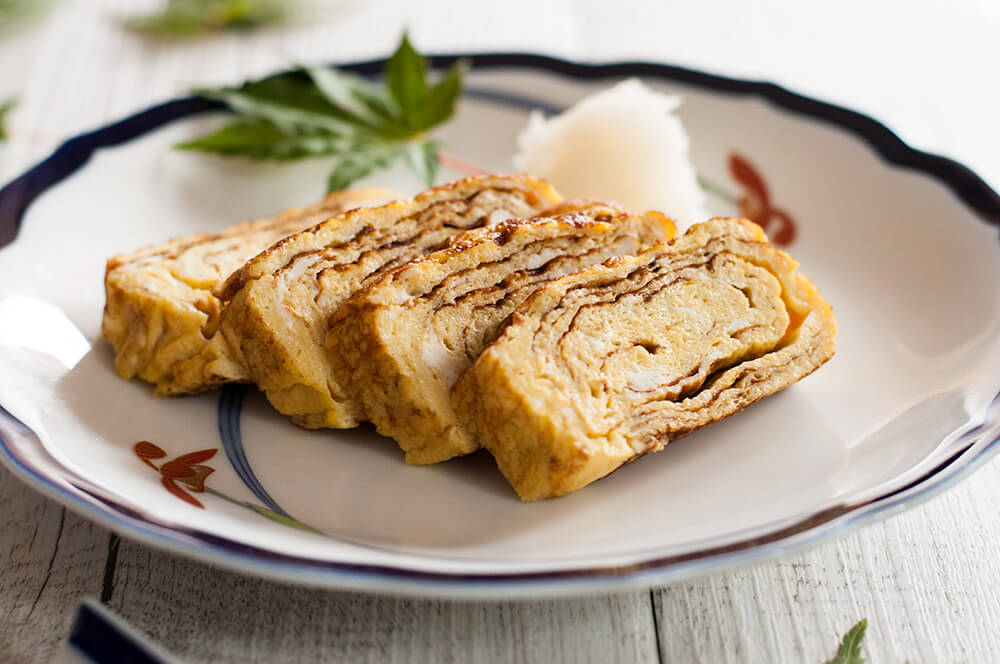
Looking Forward: Tamagoyaki and Culinary Creativity
The future of Tamagoyaki is bright, as chefs and home cooks continue to explore new possibilities. As Japan’s culinary landscape evolves, Tamagoyaki will remain a beloved staple–a connection to history, a canvas for creativity, and a symbol of hospitality.
Conclusion
As we reach the end of our flavorful exploration, the journey into the heart of Japanese cuisine with Tamagoyaki and Yoshida Hotel has offered insights, recipes, and stories that inspire a deeper connection with Japanese culture. Whether you are a traveler discovering Tamagoyaki for the first time or an avid foodie seeking culinary adventure, Yoshida Hotel invites you to experience the magic and mastery that define this timeless dish. Let Tamagoyaki be your invitation to savor the best of Japanese gastronomy, making your next visit to Japan a feast for the senses and the soul.
Details
Namistay chain hotel
- 61-63 Hoang Ke Viem, Bac My Phu, Ngu Hanh Son, Da Nang, Vietnam
- Hotline: 0905 432 992
- Lot 45 An Thuong 29, Bac My Phu, Ngu Hanh Son, Da Nang, Vietnam
- Hotline: 0977 455 546
- 42 An Thuong 26 Street, Bac My Phu, Ngu Hanh Son, Da Nang, Vietnam
- Hotline: 0965 442 842

